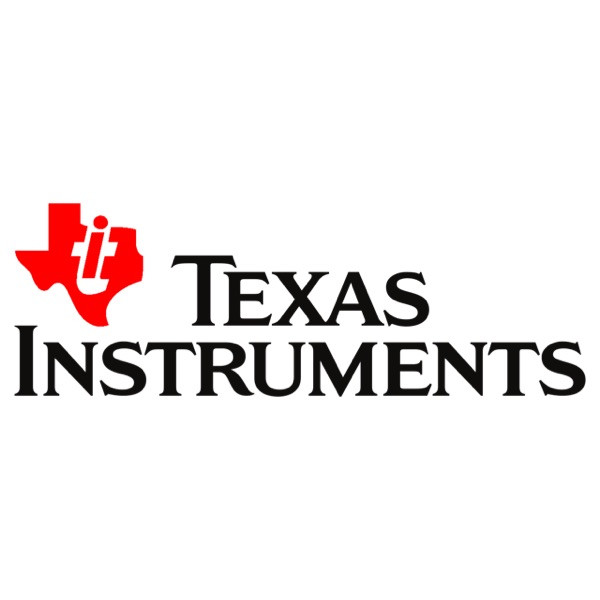New SoC helps users enter high-speed data acquisition market three times faster
23-04-2015 | Texas Instruments | Semiconductors
In markets that require high-speed data generation and acquisition, performance is key. To make it easier to get a direct connection to the analog-to-digital-converter (ADC) digital-to-analog-converter (DAC) and analog front end (AFE), Texas Instruments (TI) is changing the game with the highly-integrated KeyStone-based 66AK2L06 System-on-Chip (SoC) solution, says the company.
The 66AK2L06 SoC integrates the JESD204B interface standard, reducing the overall board footprint by up to 66 percent. This integration also allows users in markets such as avionics, defence, medical, and test and measurement to develop products with increased performance and up to 50 percent lower power. Additionally, developers will benefit from TI’s Digital Signal Processing (DSP) programmability and pre-validation of multiple high speed ADCs, DACs and AFEs. TI’s system level solution is further enabled on the 66AK2L06 SoC by the Multicore Software Development Kit (MCSDK) and RF Software Development Kit (RFSDK) resulting in up to three times faster time to market.
Breakthrough in embedded SoC and system integration - Extending TI’s highly integrated and scalable KeyStone multicore architecture, the 66AK2L06 SoC integration of a Digital Front End (DFE)/Digital Down Converter-Up Converter (DDUC) and a JESD204B interface delivers a reduction in system cost and power. The integration of TI’s industry leading DSPs and ARM Cortex processors, delivers two times the performance of current competing solutions on the market today with software programmability. The four TMS320C66x DSP cores, each delivering up to 1.2GHz of signal processing, allow customers flexibility in programming via floating point. In order to perform complex control code processing, dual ARM Cortex-A15 MPCore processors deliver up to 1.2 GHz of processing power and enable real-time direct access to I/Os with low latency.
“TI’s Keystone based 66AK2L06 SoC with adaptive power technology provides us with the best integrated processing capability for power-constrained and harsh environment applications,” said an MBDA representative.
The Fast Fourier Transform Coprocessor (FFTC) module is accessible across all the DSP cores to accelerate the FFT and IFFT computations that are required in applications such as radar systems. Additionally, the network coprocessor (NETCP), a hardware accelerator that processes data packets with a main focus on processing Ethernet packets, has four gigabit Ethernet (GbE) modules to send and receive packets from an IEEE 802.3 compliant network, as well as a packet accelerator (PA) to perform packet classification operations such as header matching, and packet modification operations and a security accelerator (SA) to encrypt and decrypt data packets.
Integration drives power savings and programmability and power is 50 percent lower with a 66 percent footprint reduction - The adaptive power technology in 66AK2L06 provides up to 50 percent lower power than competing devices with cooling requirements. With integrated wideband sample rate conversion and digital filtering up to 48-channels, the 66AK2L06 eliminates the need for an additional device, thus reducing the board area by up to 66 percent.
Software programmability: Three times faster development - The SoC is highly capable, configurable and programmable, enabling customers to develop three times faster than with FPGAs or with competing solutions on the market today. With the 66AK2L06 SoC, developers have the ability to change DFE configurations on the fly after deployment through software, while storing multiple configurations in DDR or flash memory with the ability to switch dynamically. The integration of the DFE and JESD204B interface allows users to change filters to make optimizations through software programmability in days rather than weeks as required today with an FPGA. Together, the enhanced performance, lower power and smaller board size reduce overall system costs by 50 percent, says the company.
Integration of JESD204B integration simplifies the digital data interface - JESD204B is a highly efficient, industry-standard serial communications link that simplifies the digital data interface between data converters and processors in high-speed applications, such as test and measurement, medical, defence and avionics. In addition to the 66AK2L06 SoC, TI’s JESD204B portfolio includes high-speed ADCs, such as the 12-bit, 4-GSPS ADC12J4000, and 16-bit, 250-MSPS ADS42JB69; high-speed DACs, such as the 16-bit, 2.5-GSPS DAC38J84; and clocking products, including the LMK04828 clock jitter cleaner.
Delivering complete system solution with time to market advantage - Ensuring customers are equipped with the right tools, software and support needed to quickly bring a complete system solution to high speed data generation and acquisition markets, the TI 66AK2L06 SoC is software programmable enabling the manufactures to quickly to differentiate and adapt to the needs of the ever changing market. Leveraging TI’s KeyStone-based MCSDK and RFSDK, the 66AK2L06 SoC enables developers to accelerate time to market by providing an out-of-the-box solution. TI’s development tools and runtime software support make migration and development for the multicore ARM platform simpler than ever. The MCSDK provides support for open source Linux and TI’s SYS/BIOS operating system for ARM cores. Evaluation modules (EVMs) will be available with the MCSDK and RFSDK with preloaded example projects. The MCSDK and RFSDK are shipped together with an XEVMK2LX EVM. Additionally, TI Designs enable customers currently using an FPGA to connect data converters to signal processors to reduce cost with a direct JESD204B interconnection and the broad ecosystem offers additional resources that aid customers with hardware, software and new feature development needs.
The 66AK2L06 is currently sampling. Full volume availability will be available in Q3 2015, says the company.

By Electropages

66AK2L06

